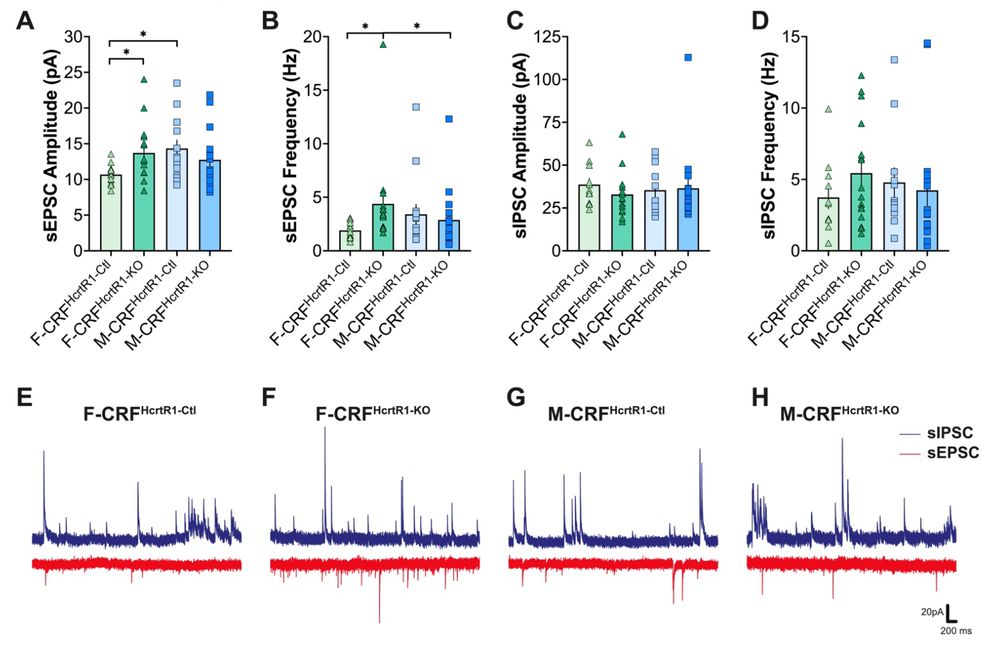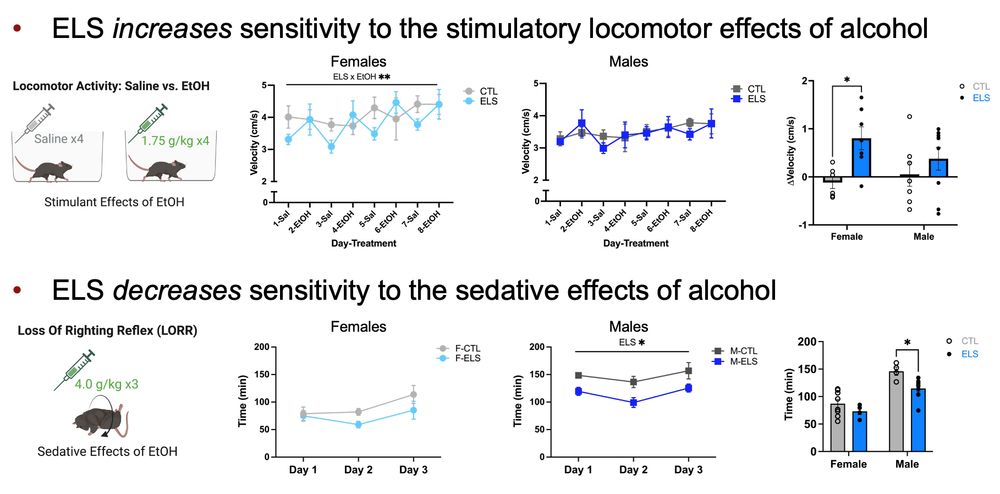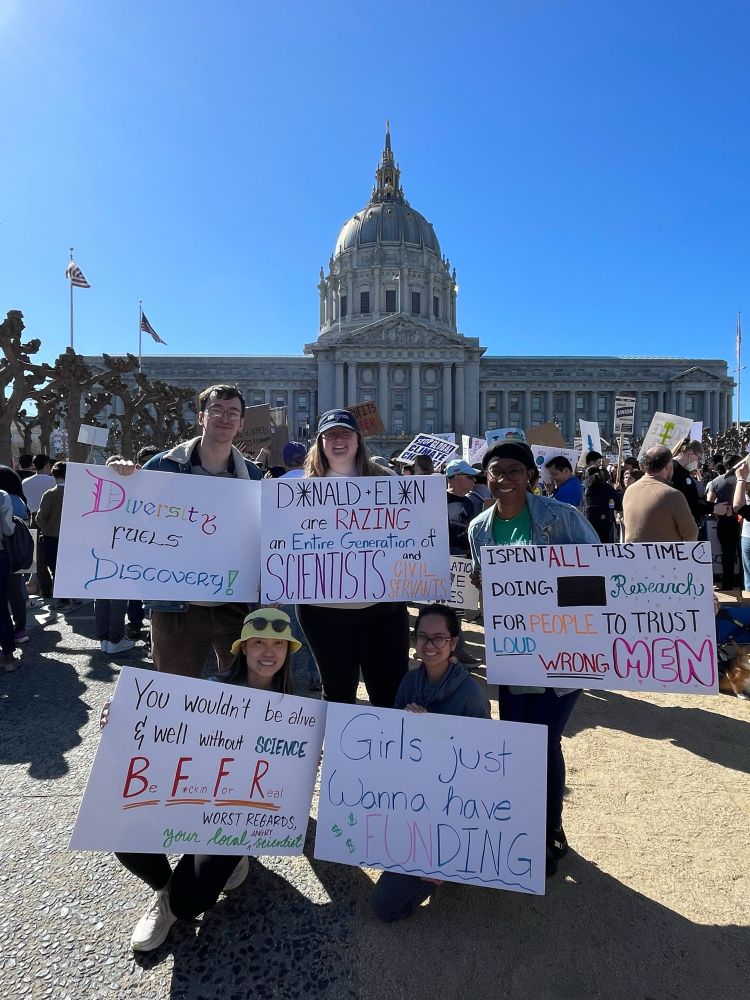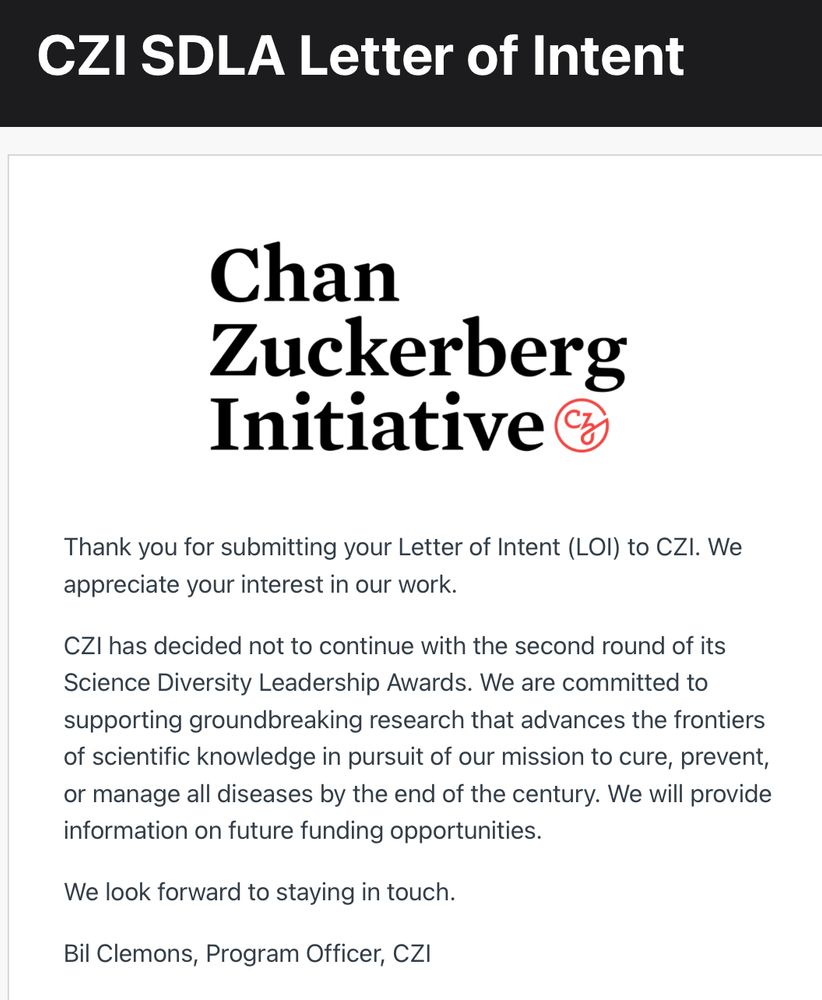

www.sciencedirect.com/science/arti...

www.sciencedirect.com/science/arti...

www.sciencedirect.com/science/arti...
We’re recruiting a motivated postdoc to dissect the neurocircuits of affective pain.
Expertise in behavioral models of pain/SUDs, stereotaxy, microscopy, opto/chemogenetics, or fiber photometry encouraged.
Apply 👉 recruit.apo.ucla.edu/JPF10647
#Neuroscience #Postdoc

We’re recruiting a motivated postdoc to dissect the neurocircuits of affective pain.
Expertise in behavioral models of pain/SUDs, stereotaxy, microscopy, opto/chemogenetics, or fiber photometry encouraged.
Apply 👉 recruit.apo.ucla.edu/JPF10647
#Neuroscience #Postdoc
🔹Sex & estrous matter: CRF neurons⬇️anxious arousal (yup) after unpredictable fear in diestrus👧not👦
🔹👧show⬆️contextual fear, independent of CRF/estrous
✨Anxiety-potentiated startle🟰👍 readout in🚶♀️&🐀
www.biologicalpsychiatryjournal.com/article/S000...

🔹Sex & estrous matter: CRF neurons⬇️anxious arousal (yup) after unpredictable fear in diestrus👧not👦
🔹👧show⬆️contextual fear, independent of CRF/estrous
✨Anxiety-potentiated startle🟰👍 readout in🚶♀️&🐀
www.biologicalpsychiatryjournal.com/article/S000...
www.biorxiv.org/content/10.1...
Divergent modulation of dopaminergic neurons by hypocretin/orexin receptors-1 and -2 shapes dopaminergic cell activity and socio-emotional behavior
Tzanoulinou et al
Supported by @snsf.ch

www.biorxiv.org/content/10.1...
Divergent modulation of dopaminergic neurons by hypocretin/orexin receptors-1 and -2 shapes dopaminergic cell activity and socio-emotional behavior
Tzanoulinou et al
Supported by @snsf.ch







www.storiesofwin.org/profiles/202...
#StoriesOfWiN #WomenInNeuroscience

One reason might be that the bed nucleus of the stria terminalis suppresses anxiety.
(Btw this region is as important as the amygdala in anxiety, likely more).
(h/t @ajshackman.bsky.social)
#neuroscience #neuroskyence
doi.org/10.1016/j.ce...

One reason might be that the bed nucleus of the stria terminalis suppresses anxiety.
(Btw this region is as important as the amygdala in anxiety, likely more).
(h/t @ajshackman.bsky.social)
#neuroscience #neuroskyence
doi.org/10.1016/j.ce...

nida.nih.gov/about-nida/a...
nida.nih.gov/about-nida/a...
There are no untapped wells of charity money that can support the kind of research biomedical scientists need to perform today. Most foundation grants are in 25 to 75K/year range, many are on the order of 1-3 years, and in spite of this, are highly competitive.



